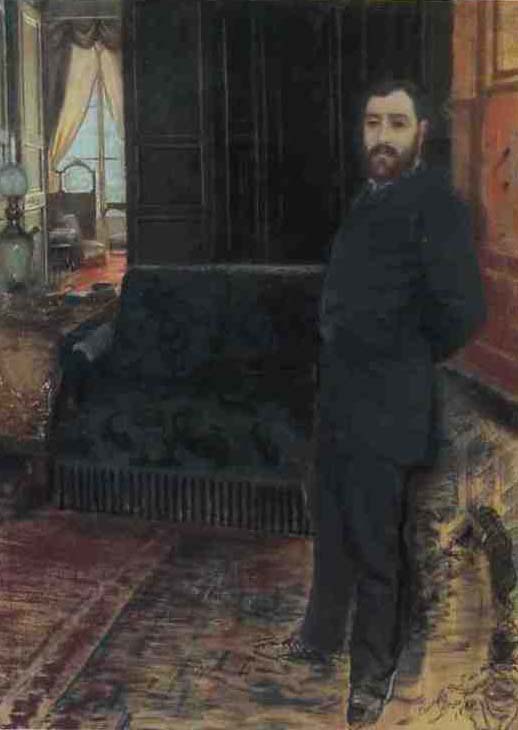| Giuseppe de Nittis | |
|---|---|
 |
|
| Born | Feb. 25, 1846 |
| Died | Aug. 12, 1884 |
| Nationality | Italian |
| Movement | Salon art and Impressionism |
| Field | Painter |
| Works | View Complete Works |
Giuseppe de Nittis (1846-1884) was an Italian artist, although he spent much of his life in France. His paintings are known for blending two artistic styles: Impressionism and Salon Art. He associated with artists such as Degas and Manet, and is considered to be among the most important of the Paris-based Italian painters of his time.
Personal Life
De Nittis was born in the small city of Barletta, in the Apulia region of Italy. As a teenager, he was enrolled in one of Naples’ most prestigious schools, the Instituto di Belle Arti. However, he found it hard to submit to authority, and in 1863 he was expelled, an event which in effect launched his solo career. In his early twenties, he went to live in Paris, after which he made his living painting commercial art. In 1884, he died at 38 from a stroke.
Artistic Techniques
De Nittis was known for his masterful command of light and shade, with his Impressionistic background contributing to the success of his striking landscape paintings. He was able to represent a wide range of weather conditions, allowing him to paint London fogs and Italian sunshine with equal success. De Nittis was, with Degas and Manet, among the first painters to use pastels on a large scale. In his later career, de Nittis was notably bold with his approach to both layout and composition.
Significant Artworks
The first notable paintings by de Nittis were landscapes of Vesuvius, which he produced in around 1870, but most of his famous artworks date from after he had escaped from his commercial contract. He obtained considerable attention in 1874 for his painting Che Freddo (means “freezing”), which depicts three elderly ladies taking a clearly reluctant child for a walk along a beach in blustery weather. De Nittis also had some success with portraits in pastels of famous Parisians, including the writer, Zola, and his fellow artist, Manet.